Tropical wilderness and European stylings: Filming Madagascar
My wife and I first came to Madagascar simply to enjoy a beautiful place and take a breather from our jobs in the French film industry - she’s a production co-ordinator, I’m a line producer, both freelance.The country is an incredible blend of different races and cultures spread across an area larger than France. Over the ages people have migrated from Indonesia, India, Pakistan, China, East Africa, the Arabic Peninsula and later Europe. The variety of landscapes on offer parallels the genetic diversity of its inhabitants.
All along the coasts you’ll find dozens of kilometres of white sand beaches untouched by development.
The 3,000 km of the east coast are covered by a tropical climate with deep forests and rainforests that could double for Amazonia, Central America, the West Indies, Central Africa and Southeast Asia, with the benefit of rivers, trees and animals that have largely escaped the influence of the modern world. There’s also a 600 km parallel manmade canal, preserving the people from the Indian Ocean’s fury during the hurricane season (January to April).
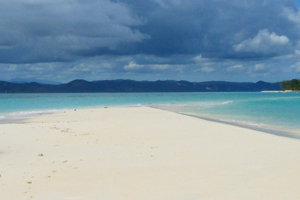 In the west, south-west and southern parts of the country canyons, expansive plains and rocky mountains recall the American West and the Australian Bush. All along the coasts you'll find dozens of kilometres of white sand beaches untouched by development.
In the west, south-west and southern parts of the country canyons, expansive plains and rocky mountains recall the American West and the Australian Bush. All along the coasts you'll find dozens of kilometres of white sand beaches untouched by development.
All the main cities on the west coast, from south to the extreme north, are built under the influences of the country’s Arab and French colonial legacy. In central Madagascar there are highlands, a combination of terraced rice fields and an amazing similarity to European lakes and forests (pinewood for example) with high mountains and several inches of snow likely in July.
A definite plus-point for us has been the enthusiasm of local crews. They arrive early, they’re calm and they rise to challenges.
The Malagasy state has established an ever-growing number of national parks to preserve wildlife and to boost the country’s tourist appeal, with private lodges available as accommodation. As Madagascar is one of the poorest countries in the world cultural affairs have never been a top priority for the Government, but things are changing with, among other things, the backing of embassies from countries such as France, Germany and Switzerland. A Film Commission has even been established in the past two years. It’s under-resourced at the moment but is nevertheless a step in the right direction.
Equipment is limited. We don’t have (super) 16mm or 35mm cameras or many cranes, and while we don’t have film laboratories we do have a good one for stills photos.
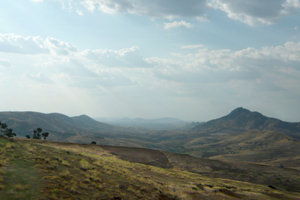 A definite plus-point for us has been the enthusiasm of local crews. They arrive early, they’re calm and they rise to challenges. We’ve been expanding our crew base with overseas support to create the finest crew and production services in the Indian Ocean area. We have good, hardworking Grips, Electricians, Art Department (from Designers to Painters and Foremen), Costumers, Make-Up Artists (with the exception of special effects make-up) and Hairdressers.
A definite plus-point for us has been the enthusiasm of local crews. They arrive early, they’re calm and they rise to challenges. We’ve been expanding our crew base with overseas support to create the finest crew and production services in the Indian Ocean area. We have good, hardworking Grips, Electricians, Art Department (from Designers to Painters and Foremen), Costumers, Make-Up Artists (with the exception of special effects make-up) and Hairdressers.
Images courtesy of Zebu Filmworks.
Related Posts
- Filming in West Virginia with Location Scout Sam Holdren
- Filming with Alain Claude Randresy of the Réunion Film Commission
- Uganda: a fast growing, prime location for film productions
- On location with Michael Brook, Manager of Screen Auckland
- History Channel doubles West Virginia for global locations filming The World Wars
- On location with Karina Moreton, Managing Director of Panoramic Fixers
- TLG talks to British Virgin Islands Film Commissioner, Clive McCoy
- Filming on location in South Africa with Martin Jacobson of Juice Film
Related posts:
Comments
Not Logged in
You must be logged in to post a comment
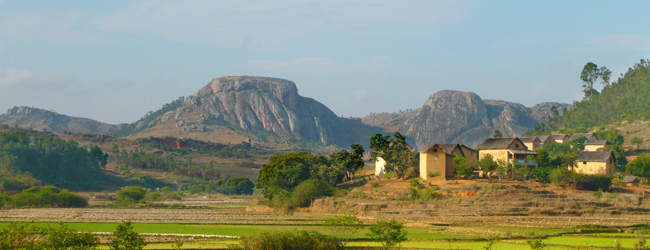

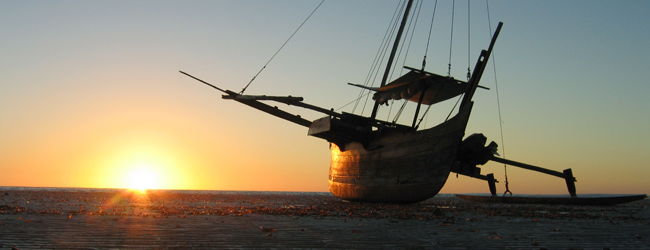
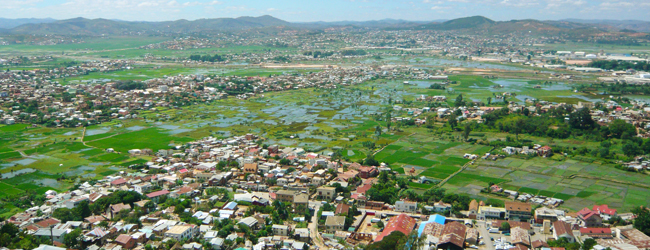

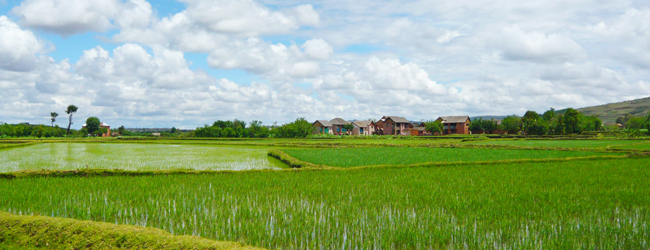

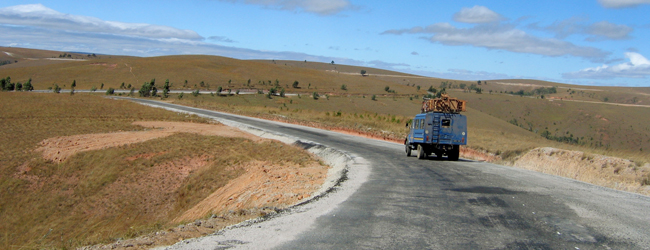
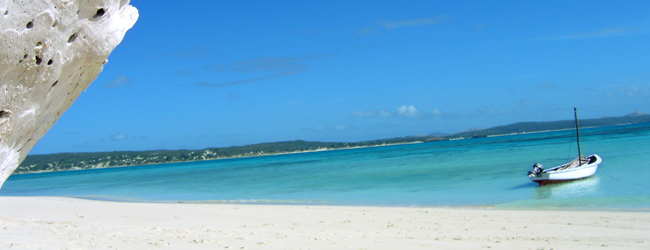

There are 240 comments